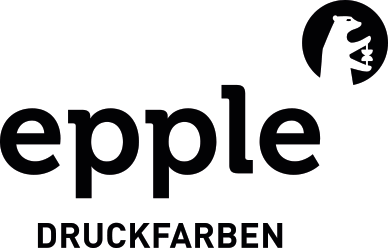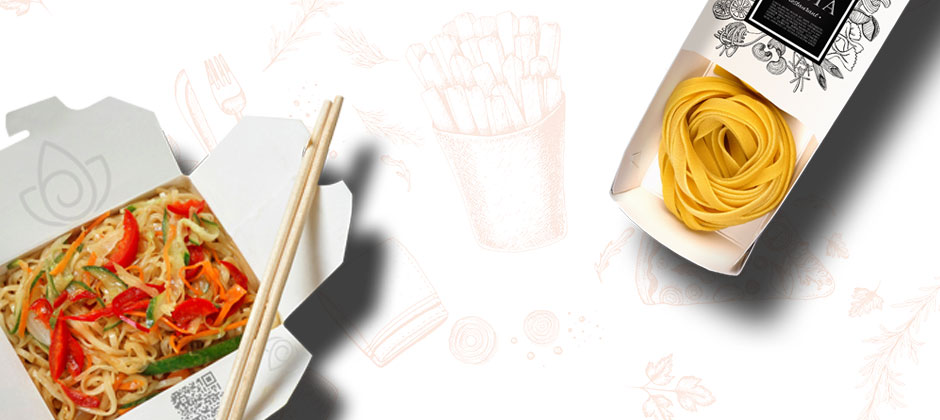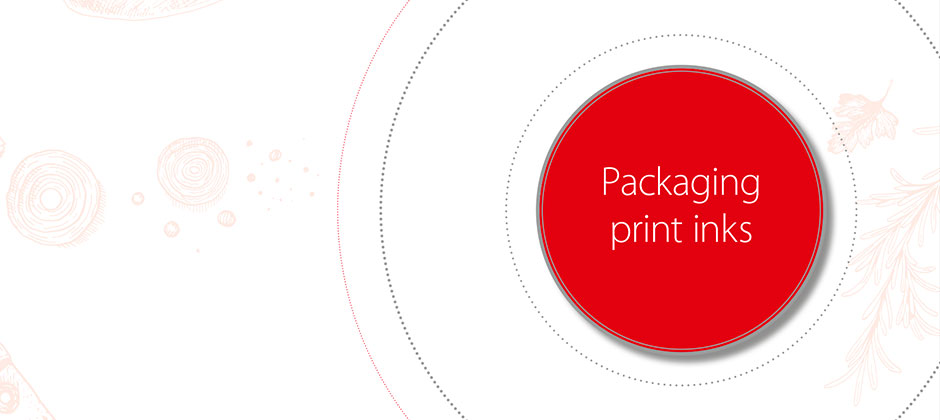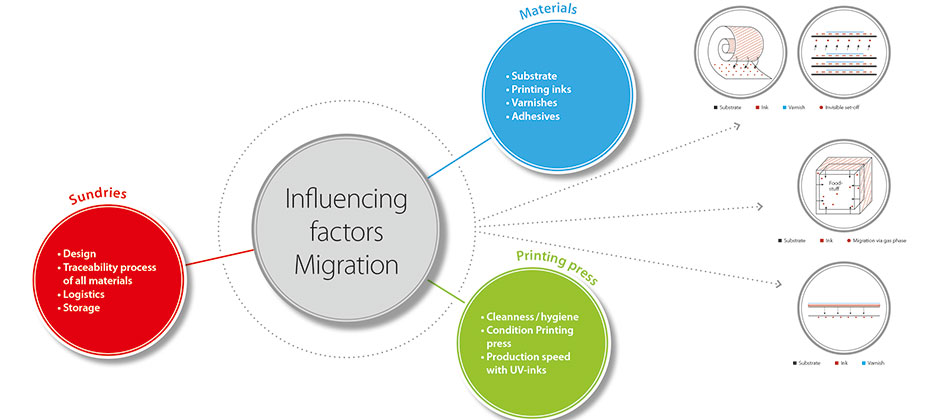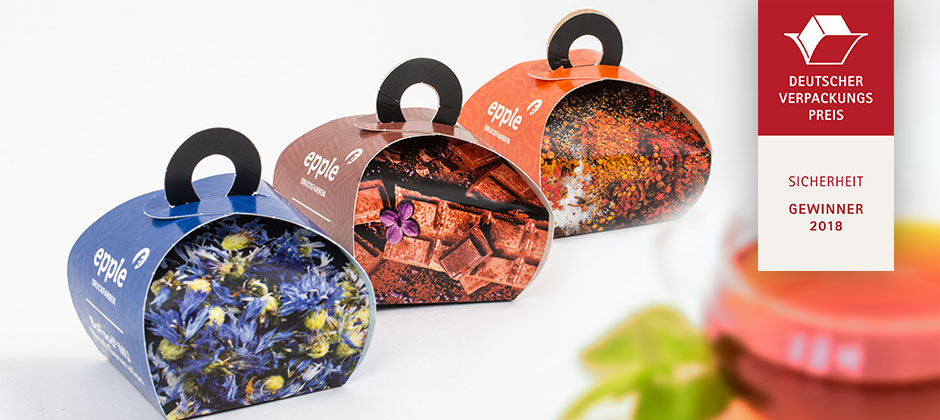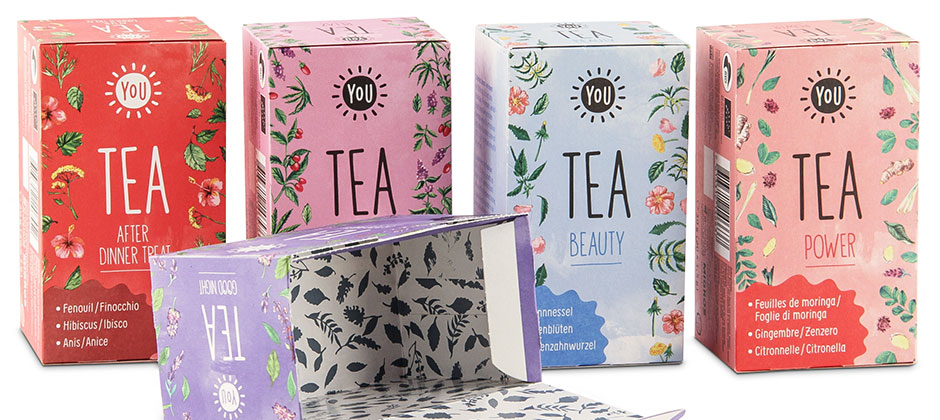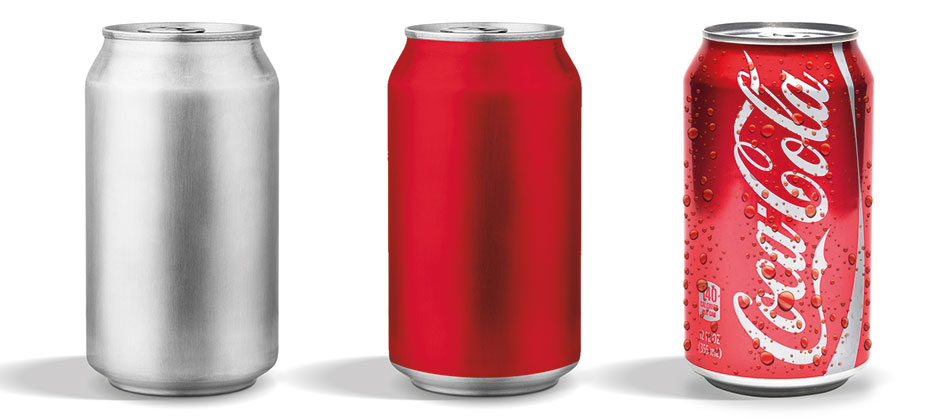Complex topic: Migration in packaging
Which role do printing inks play?
Without doubt, consumers love packaging. 95 % of all foodstuffs in western Europe are packaged: for protection, better logistics, to increase sales. At the same time, the proportion of direct packaging (without inner bag) has risen. For environmental reasons, forward-looking safety measures are necessary, since direct packaging does not have a barrier from migration into the foodstuff.
What is migration?
(latin migratio: exodus, change of abode) Substances pass physically from a printed packaging to the packaged foodstuff. The substance transfer can take place in different ways.
Problem of migration:
Substances which are in some cases classified as raising health concerns like mineral oils, UV-photoinitiators and unclassified substances come from the packaging into the foodstuff, and finally into human organs – in small amounts, but uncontrolled.
Safety measures to prevent migration:
- Selection of a suitable substrate.
- The ink composition should not contain heavy metal driers or specific oils and resins which create fission products. Special attention needs to be given to the raw material selection and exclusion policy.
- Print production: Besides thorough machine cleaning with adequate substances, the sheet delivery should be monitored with respect to the pressure and temperature (invisible set-off).
Influencing factors Migration
Materials
- Substrate
- Printing inks
- Varnishes
- Adhesives
Printing press
- Cleanness / hygiene
- Condition Printing press
- Production speed with UV-inks
Sundries
- Design
- Traceability process of all materials
- Logistics
- Storage
Types of migration overview
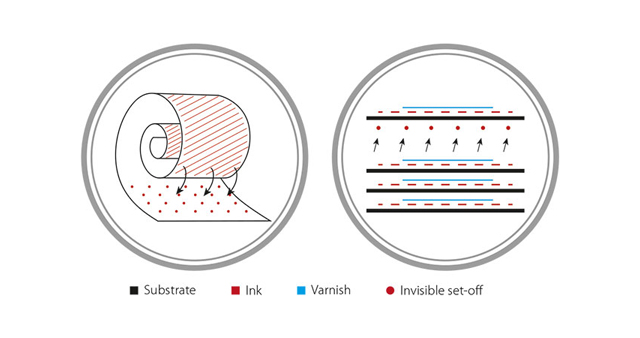
Invisible set-off
- In case of contact between printed and unprinted substrates, unwanted exchanges of ink particles can occur. → crossover of migrating substances from the printed side to the opposite side.
- Usually the unprinted side is the food contact side
- Occurrence: reels or stacks in direct or close contact
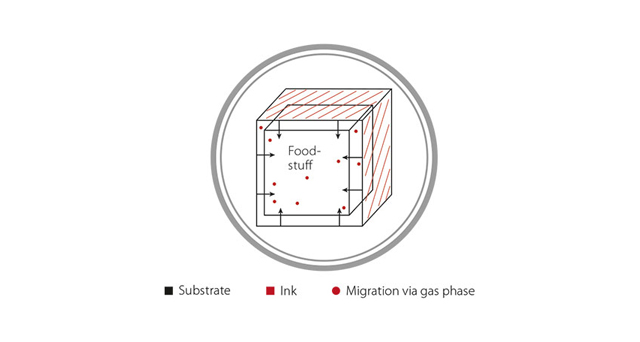
Substance transfer via gas phase migration
- Migrants can also migrate from a carton via gas phase into the packaging and pass onto food.
- This can for example happen with migrants like unwanted mineral oils or other substances, which might not be commonly known as volatile.
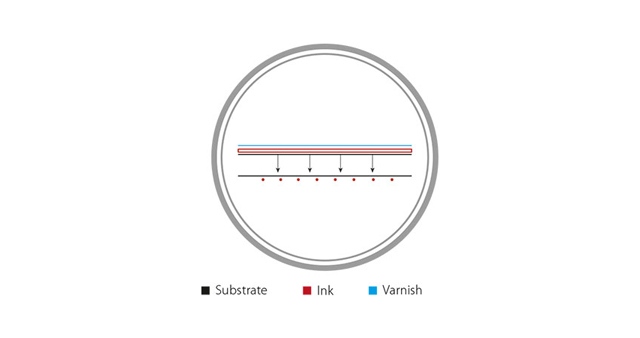
Migration through the substrate
- Ink components wander directly through the substrate.
- Soluble ink components have an especially high migration potential
- Filling products with a high amount of fat and oil pose a challenge
Legal foundations
Even if legal questions about migration remain unresolved, certain EU and country-specific guidelines, which counteract potential contaminant migration in packaging, must be adhered to.
The framework regulation EG 1935/2004 governs:
- materials and objects, which are intended for contact with foodstuffs.
- producers (distributing companies) of the finished packaging are responsible for ensuring that the materials and objects are in conformity with article 3 of the framework regulation.
The Swiss Consumer Goods Ordinance (status as of 01/05/2017) stipulates:
- an overall migration value of 60 ppm [60 mg/(kg foodstuff)]
- 10 ppb [μg/(kg foodstuff)] in case of non-classified substances
- printing inks must be produced in accordance with GMP-guidelines
PIM 10/2011 governs:
- materials and objects made from plastic (based on a positive list), which are
- intended for contact with the foodstuff.
GMP EG 2023/2006 governs:
- the good manufacturing practice for all materials and objects which are intended for contact with food.
- quality assurance and control systems must be specified and deployed.
MOSH / MOAH – Unloved mineral oils
Year after year, the Christmas season with its advent calendars brings with it the discussion about mineral oils in foodstuffs. They definitely do not belong there and pose health threats. Migration harmless print production is therefore gaining importance.
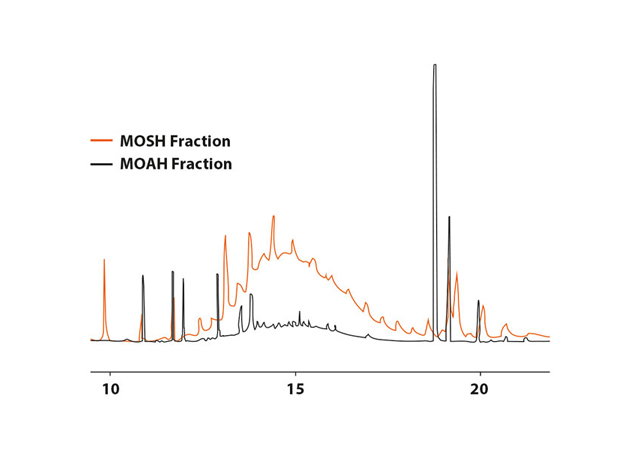
Almost everyone agrees: Mineral oil saturated hydrocarbons (MOSH) and often alkylated mineral oil aromatic hydrocarbons (MOAH) must be avoided in foodstuffs and their packaging. Especially the latter are suspected to be carcinogenic.
The production of packaging cartons made of recycled waste paper, which contains residues of mineral oil-based newspaper printing ink, is seen as the fundamental problem. But the problem has more facets to it.
By adjusting production chains to migration harmless ink systems, like for instance the BoFood series by Epple, packaging can be further reduced as an influencing factor for mineral oil residues. It remains unabated, however, that the origin and occurrence of mineral oil residues can usually not be exactly defined. Other potential migration sources exist: through packaging materials, lubricants from harvesting machines and production systems, contamination during product transport (e.g. jute bags), emissions or food additives.
The uncertainty in the processes is certainly also a factor which explains the modest statutory requirements. Currently, there are neither specific regulations nor maximum amounts for mineral oil residues in foodstuffs. The 4th draft of the 22nd ordinance for changing the consumer goods ordinance (“mineral oil ordinance”) is still awaiting the notification of the European Commission. One more reason for printing houses to prepare for the future in time and study the countless possibilities of migration harmless ink systems.

